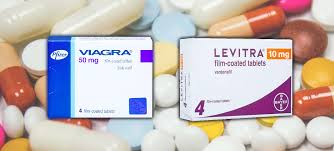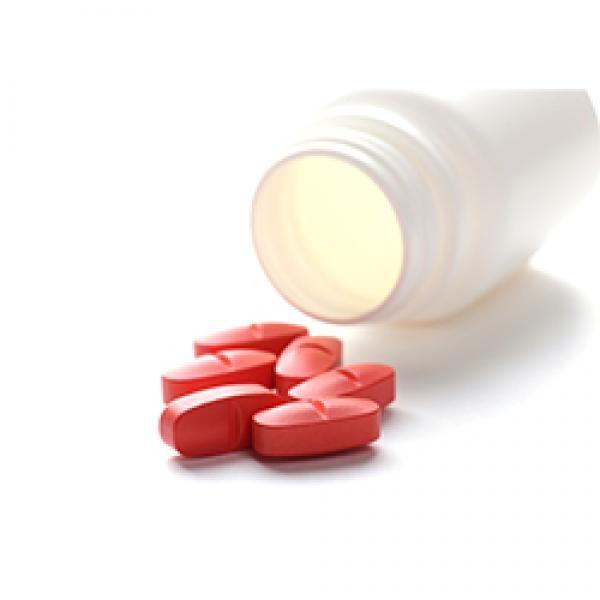
Understanding Rybelsus: Benefits, Dosage, and Usage
Rybelsus is an innovative medication that has transformed the landscape of diabetes management. As a GLP-1 receptor agonist, it plays a crucial role in regulating blood sugar levels while promoting weight loss. This article will delve into the numerous benefits of Rybelsus, its appropriate dosage, and how it can be seamlessly integrated into a diabetes care regimen. For those interested in purchasing Rybelsus, check out the Rybelsus rybelsus cena to find the best options available.
What is Rybelsus?
Produced by Novo Nordisk, Rybelsus (semaglutide) is the first oral GLP-1 receptor agonist approved for the treatment of type 2 diabetes. Unlike traditional injections, Rybelsus offers a convenient daily pill form, making it easier for patients who are often resistant to injectable medications. GLP-1 (glucagon-like peptide-1) is a hormone that is secreted in the intestine in response to food intake, which stimulates insulin secretion and suppresses glucagon release, thus lowering blood sugar levels.
How Rybelsus Works
The primary mechanism of action of Rybelsus involves mimicking the effects of GLP-1. It enhances insulin secretion in a glucose-dependent manner, meaning it works more effectively when blood sugar levels are high. This helps prevent hypoglycemic events. Additionally, Rybelsus slows gastric emptying, which reduces appetite and contributes to weight loss—a significant benefit for many individuals with type 2 diabetes who are often overweight.
Benefits of Rybelsus
Rybelsus has been associated with multiple benefits, including:

- Effective Glycemic Control: Clinical studies have shown that Rybelsus significantly reduces HbA1c levels, indicating improved long-term blood sugar control.
- Weight Loss: Many patients report weight loss when taking Rybelsus, which can further improve diabetes management and reduce the risk of cardiovascular complications.
- Convenience: Being an oral medication, it eliminates the need for injections, thus increasing adherence to treatment for many patients.
- Cardiovascular Benefits: Some studies suggest that Rybelsus may also provide cardiovascular protective effects, reducing the risk of heart disease.
Dosage and Administration
The recommended starting dose of Rybelsus is 3 mg once daily for the first month, which helps to minimize gastrointestinal side effects. After four weeks, the dose can be increased to 7 mg daily, depending on the individual’s blood sugar response and tolerance. If further dosage adjustments are necessary, a maximum dosage of 14 mg can be considered after an additional four weeks. It’s essential to take Rybelsus on an empty stomach with a small amount of water and wait at least 30 minutes before eating or drinking anything else.
Potential Side Effects
As with any medication, Rybelsus may cause side effects. Common side effects include nausea, vomiting, diarrhea, and abdominal pain, particularly when starting the medication. However, these side effects often diminish with time as the body adjusts. It’s critical for patients to discuss any adverse effects with their healthcare provider.
Who Should Not Use Rybelsus?
Rybelsus is not suitable for everyone. Individuals with a personal or family history of medullary thyroid carcinoma (MTC) or Multiple Endocrine Neoplasia syndrome type 2 (MEN 2) should avoid this medication due to an elevated risk of thyroid tumors. Additionally, those with severe gastrointestinal disorders or a history of pancreatitis should use Rybelsus with caution.
Conclusion
Rybelsus represents a groundbreaking advancement in the management of type 2 diabetes, providing an effective alternative to injectable treatments. Its dual action—regulating blood sugar while also aiding in weight loss—makes it a valuable component of a comprehensive diabetes care plan. However, as with any medication, it is crucial for patients to consult with their healthcare provider to tailor the treatment to their individual needs and health status. With proper guidance and adherence, Rybelsus can be an indispensable tool in the fight against diabetes.
